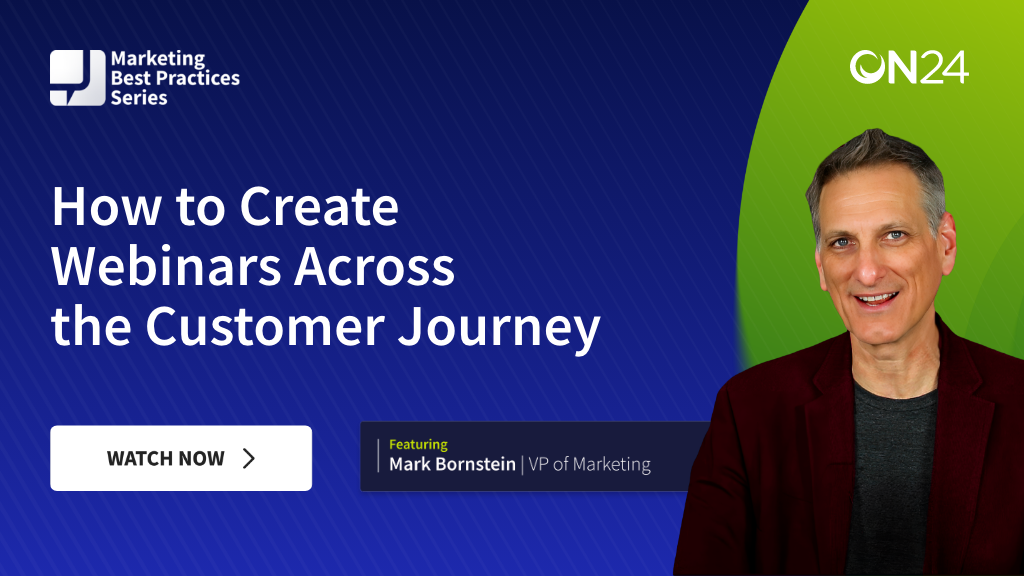Top Lead Generation KPIs and Metrics You Need to Know

Lead generation KPIs (key performance indicators) are critical for tracking and measuring the effectiveness of marketing campaigns. KPIs are measurable values that quantify key performance aspects, helping businesses to evaluate lead gen efforts.
A solid understanding of lead generation metrics provides the foundation for effective campaign optimization. By monitoring and assessing different performance aspects, you can drive better results — including improved lead quality, conversions and return on investment (ROI).
What is a Lead Generation KPI?

A lead generation KPI is any metric a business deems vital for measuring the performance of lead gen efforts. You might use many different metrics to measure performance, but your KPIs are the primary indicators of success.
Lead gen KPIs help you to understand how well you are:
-
- generating high-quality leads
- nurturing those leads through the sales funnel
- optimizing your marketing spend
- delivering on your campaign goals
The Role of KPIs in Lead Generation
KPIs are vital in measuring the effectiveness of lead generation marketing campaigns and sales efforts. They help you determine the number of leads generated, understand how likely these leads are to convert, and calculate how to use your budget effectively.
By tracking KPIs and other important metrics, you gain valuable insights that empower you to make data-driven decisions. These important indicators of strategy performance can help you to:
-
- identify areas for improvement
- determine where to allocate resources
- enhance lead engagement and quality
- adapt to changes in market dynamics
- convert more leads into customers
How to Choose the Right KPIs
Lead gen KPIs vary from business to business and campaign to campaign. Measuring how well a campaign performs relies on knowing what the specific aim of the campaign is, so defining your primary objective is the first step when choosing the right KPIs.
To select the most relevant KPIs, consider:
-
- which KPIs align with your business goals
- what your lead gen strategy and techniques hope to achieve
- how your target audience’s behavior can be measured most effectively
- standard benchmarks and metrics for your industry
- your business’s specific customer lifecycle and sales processes
Key Lead Generation KPIs and Metrics to Track

Some fundamental lead generation metrics are used as key performance indicators for the majority of campaigns. Here’s an overview of the most common.
Conversion Rate
Your lead conversion rate is the percentage of leads that convert into paying customers. It’s calculated by taking the number of customers that a campaign has acquired, and then dividing by the total number of leads the campaign generated before multiplying by 100. For example:
10 customers / 200 leads = 0.05
0.05 x 100 = 5% lead conversion rate
Lead conversion rate is an important KPI because it ties your lead generation efforts to actual sales. A high conversion rate indicates that you’re attracting the right kind of customers, not wasting your budget on unqualified leads and that your sales team is closing deals effectively.
Cost Per Lead (CPL)
The cost per lead (CPL) metric tells you how much on average your business spends to acquire a lead. It highlights how efficient and cost-effective your campaigns are, especially when compared to your average customer lifetime value (CLV).
To calculate CPL, you need to know how much your campaign spent and how many leads it generated. Proper attribution tracking is the most accurate way to get these figures. However, you can also look at the amount spent and number of leads generated within a defined timeframe.
The calculation for CPL is:
Cost of lead generation / number of leads generated = cost per lead
For example, a pay-per-click (PPC) advertising campaign that costs $10,000 and generates 200 leads would have a CPL of $50.
Your cost per lead can be reduced by optimizing your lead generation strategies and budget allocation. This might look like:
-
- Testing marketing copy to improve click-through-rates (CTR)
- Redesigning landing pages and lead capture forms
- Using AI and automation to repurpose content
- Refining your targeting
- Experimenting with new channels
Lead Quality
Lead quality measures the value of your leads based on how likely they are to convert. High-quality leads are the most likely to become customers, so they’re the ones you should prioritize for outreach.
You can assess a lead’s quality in a few different ways. One of the most effective is to look at your marketing-qualified-lead (MQL) to sales-qualified-lead (SQL) conversion rate.
Simply put, this means looking at what percentage of the leads that marketing deems qualified are actually pursued by your sales team. If your MQL to SQL conversion rate is high, it indicates that your marketing campaigns are generating high-quality leads suitable for sales contacts.
Lead scoring models also help assess the quality of a lead. Lead scoring involves calculating a lead’s likelihood of converting based on factors such as industry, company size and engagement level.
Numerical values are assigned to these factors and then combined to calculate the total lead score. The higher the lead score, the higher the lead quality.
Additional Metrics for Lead Generation Performance

KPIs are fundamental for analyzing campaign success, but there are other important lead generation metrics to track that will help you gain a deeper understanding of performance.
Customer Lifetime Value (CLTV)
Customer lifetime value (CLTV) Is how much revenue a single customer can generate across their interactions with your business. It can be measured as an average across your entire customer base or on a per-lead, per-customer, or per-segment basis.
Understanding the potential lifetime value of a lead helps allocate budget more effectively. You can assess which leads are likely to bring in the most revenue and how much you should be spending to maximize profit.
Time to Conversion
Time to Conversion is a metric that tracks how long it takes for a lead to progress from first interaction to sale. This is useful for analyzing your marketing strategies and sales processes’ effectiveness and efficiency.
Monitoring how long a lead takes to move through the sales funnel helps you identify common bottlenecks and areas where lead nurturing can be improved. It also assists with sales forecasting and resource allocation planning.
Website Traffic and Engagement
Website traffic and engagement metrics provide a more granular look into the effectiveness of your lead generation campaigns. Some of the most important ones to track include:
-
- Visitors to site
- Traffic source
- Pages viewed
- Time on page
- Bounce rate
- Engagement rate
- Form submissions
Evaluating how leads move around your site, including the actions they take and the content they view, provides vital insights that can be used to inform future campaigns.
For example, you might identify in-demand topics, page formats that increase engagement, or traffic sources with continuously high form submission rates.
Conclusion

Lead generation KPIs play an essential role in understanding campaign performance and efficiency. They help you identify which strategies yield the best results and identify where to focus your optimization efforts to see the biggest improvements.
You can make data-driven decisions that drive ROI by choosing the right KPIs, knowing which additional metrics to track, and continuously evaluating results.



